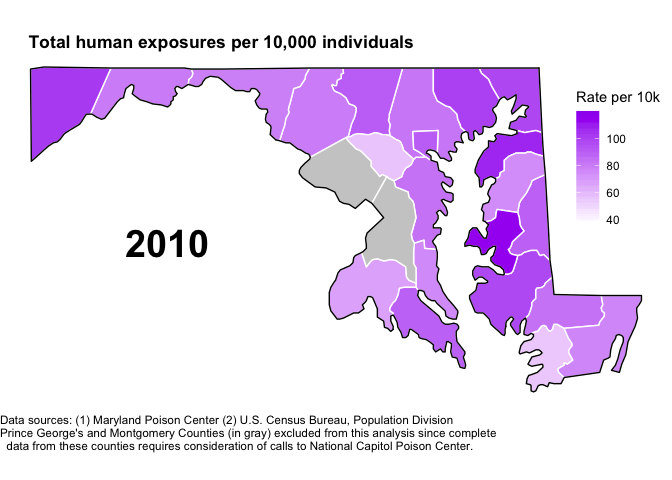
Notably, their combination demonstrated the markedly elevated AUC of 0.736 for CRC and 0.758 for early-stage CRC, indicating their potential as diagnostic biomarkers for CRC.Ĭonclusions: Our data suggested that exosomal lncRNAs FOXD2-AS1, NRIR, and XLOC_009459 act as the promising biomarkers for the diagnostics of CRC and early-stage CRC.Ĭolorectal cancer (CRC) remains one of the most common cancers worldwide, ranking third in men and second in women overall ( 1, 2). Results: Exosomal FOXD2-AS1, NRIR, and XLOC_009459 (TCONS_00020073) levels were significantly upregulated in 203 CRC patients and 80 early-stage CRC patients compared to 201 healthy donors, possessing the area under the curve (AUC) of 0.728, 0.660, and 0.682 for CRC, as well as 0.743, 0.660, and 0.689 for early-stage CRC, respectively. The receiver operating characteristic curve (ROC) was used to assess the diagnostic efficiency of serum exosomal lncRNAs. Exosomal lncRNAs FOXD2-AS1, NRIR, and XLOC_009459 were selected by lncRNA microarray and validated by qPCR in 203 CRC patients and 201 healthy donors. Methods: Exosomes were isolated from the serum by ultracentrifugation and verified by transmission electron microscope (TEM), qNano, and immunoblotting. The current study was aimed to identify circulating exosomal lncRNAs for the diagnosis of colorectal cancer (CRC). Long non-coding RNAs (lncRNAs) in exosomes have the potential as diagnostic and prognostic biomarkers in different types of cancers.


2Department of Clinical Laboratory, Shandong Cancer Hospital and Institute, Shandong First Medical University and Shandong Academy of Medical Sciences, Jinan, China.1Shandong Provincial Third Hospital, Cheeloo College of Medicine, Shandong University, Jinan, China.Miao Yu 1,2,4, Xing-guo Song 2, Ya-jing Zhao 2, Xiao-han Dong 2, Li-min Niu 2, Zhi-jun Zhang 5, Xiao-ling Shang 2, You-yong Tang 2, Xian-rang Song 2,3 and Li Xie 2*


 0 kommentar(er)
0 kommentar(er)
